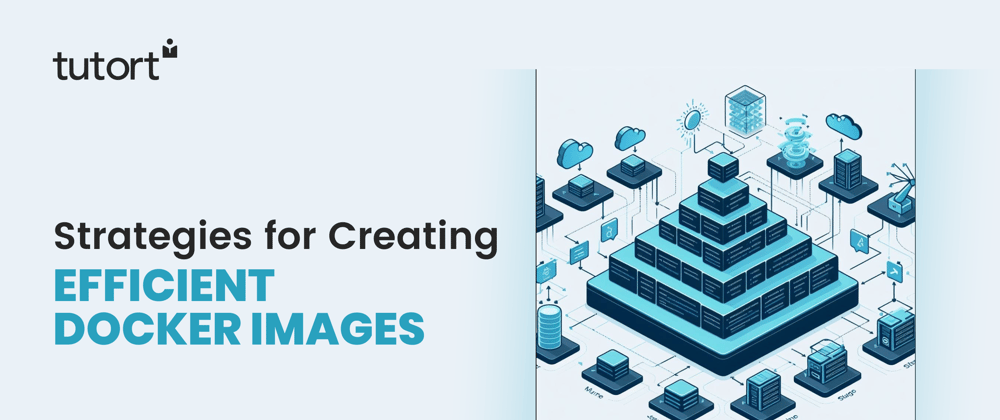In the fast-paced world of software development, containerization has undeniably transformed the industry. The ability to rapidly scale and globally deploy software has become significantly more manageable, thanks to the advent of containerization.
Nearly all software used today leverages containerization in various capacities, underscoring its indispensable role in powering the modern software ecosystem.
Understanding Containerization
Containerization is a software deployment process that bundles an application’s code with all the files and libraries it needs to run on any infrastructure. Traditionally, running an application on a computer required installing a version that matched the machine’s operating system. This process has been revolutionized by containerization, allowing for greater flexibility and ease of deployment.
Images serve as the building blocks for containers, guiding their creation and deployment. Therefore, maintaining lightweight and streamlined container images accelerates the deployment process and facilitates the distribution of these images. By optimizing Docker images, developers can expedite the overall development cycle and bolster security measures, ensuring a more robust and efficient software environment.
Strategies for Creating Efficient Docker Images
In this article, we will explore various methods to create efficient Docker images, ultimately enhancing the efficiency of your application.
1. Package Single App per Container
A common mistake in containerization is treating containers like Virtual Machines (VMs) and packaging more than one application inside a single container.
This practice not only increases the size of the container but also hinders the efficient functioning of container orchestration solutions such as Docker and Kubernetes.
Containers are expected to have a lifespan closely related to the application they run, and maintaining this one-to-one relationship is crucial for effective container management.
2. Smart Utilization of Caches
Efficient image building can be achieved through smart utilization of caches. Docker images are composed of layers, and each instruction in a Dockerfile adds a new layer.
By positioning instructions that may frequently change towards the end of the Dockerfile, Docker can leverage its caching system more effectively, ultimately speeding up the build process.
3. Remove Unnecessary Tools
Container images often include unnecessary tools, leading to image bloat and potential security vulnerabilities. By strictly maintaining the set of tools and libraries shipped with the container image, developers can significantly reduce security threats and create slimmer, faster-to-download images.
4. Use the Smallest Base Image
The choice of base image greatly dictates the size of the final image created. Utilizing the smallest base image possible, such as Alpine images, can significantly reduce the final size of the image. Even if a small image does not contain all the required tools, installing necessary packages on top of the lighter base image can still provide savings over using heavier images.
5. Copy Only What Is Necessary
Minimizing the amount of files copied and keeping them to a minimum while copying source code can prevent unnecessary bloat in the image, ultimately creating a more streamlined and efficient container.
Conclusion
The significance of optimizing container images and establishing best practices is often overlooked in the software development industry. However, the substantial benefits that arise from adhering to these practices cannot be overstated. As developers, it's essential to consistently prioritize the creation of slim and fast container images to ensure a more efficient and secure software environment.







Top comments (0)